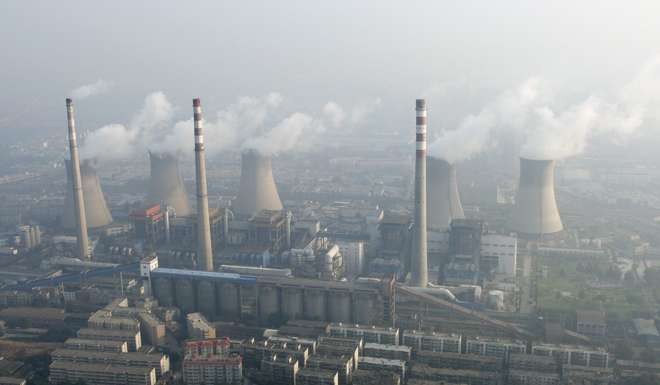
What is green? Green bond investors in China need an answer
Ambiguity over what constitutes “green” is stifling the country’s green bond market, deterring overseas investors
Green bonds are becoming a hot topic in China after the country officially ratified the Paris climate accord ahead of the G20 Summit and a senior central bank official hailed China’s status as the world’s biggest green bond market in a recent speech.
But while it’s easy to be lured by the size and scale of green bond issuances in China, analysts say some matters need to be addressed before they become a meaningful financing tool. At the top of the list is a lack of clear guidelines as to what actually constitutes “green”.
In the first seven months of this year, China issued a total of 120 billion yuan in green bonds, which accounted for 10 per cent of the country’s total debts outstanding and over 40 per cent of total global issuance of green bonds in the same period, Yi Gang, deputy governor of the People’s Bank of China, said in his speech.
Something labelled green in China may not be green outside China
The figures are already massive, but they’re a long way from satisfying China’s appetite for green investment.
Ma Jun, the chief economist of the PBOC, said in a recent interview that China will need 2 to 4 trillion yuan in green investments in 2017, of which the public sector could only provide 15 per cent at most. The great majority must come from green financing, with green bonds as an important tool.
For China to achieve that ambition, concerns such as what “green” means must be addressed.
“The first and most important step for developing a green bond market is to get a clear and unified guideline about what is a green bond and what is a green project, ” said Wang Yao, director of the Research Center for Climate and Energy Finance at China’s Central University of Finance and Economics, the sole third party certifier for green bonds in China.
“But China has a bunch of different guidelines released by different governmental bodies, which could be confusing for bond issuers as well as investors.”
For overseas investors, the confusion over the definition could prove off-putting.

“In think an important reason that overseas investors haven’t invested deeply in the [domestic green bond] market is that China’s definition of a green bond is a bit different from that in more developed markets,” said Beijia Ma, a strategist at the Bank of America Merrill Lynch.
“It means that something labelled green in China may not be green outside China.”

“This is an important difference for foreign institutional investors who have environmental mandates in their investment strategies,” said Chaoni Huang, head of business development Asia as Trucost, an environmental data-analysis firm.
This could certainly limit the appeal of Chinese green bonds to international investors, or require those investors to carry out additional due diligence to ensure the prospectus does not include clean coal utilisation as a category within the green industry to be funded from the proceeds of issuance, according to a research note from the global law firm Reed Smith.
